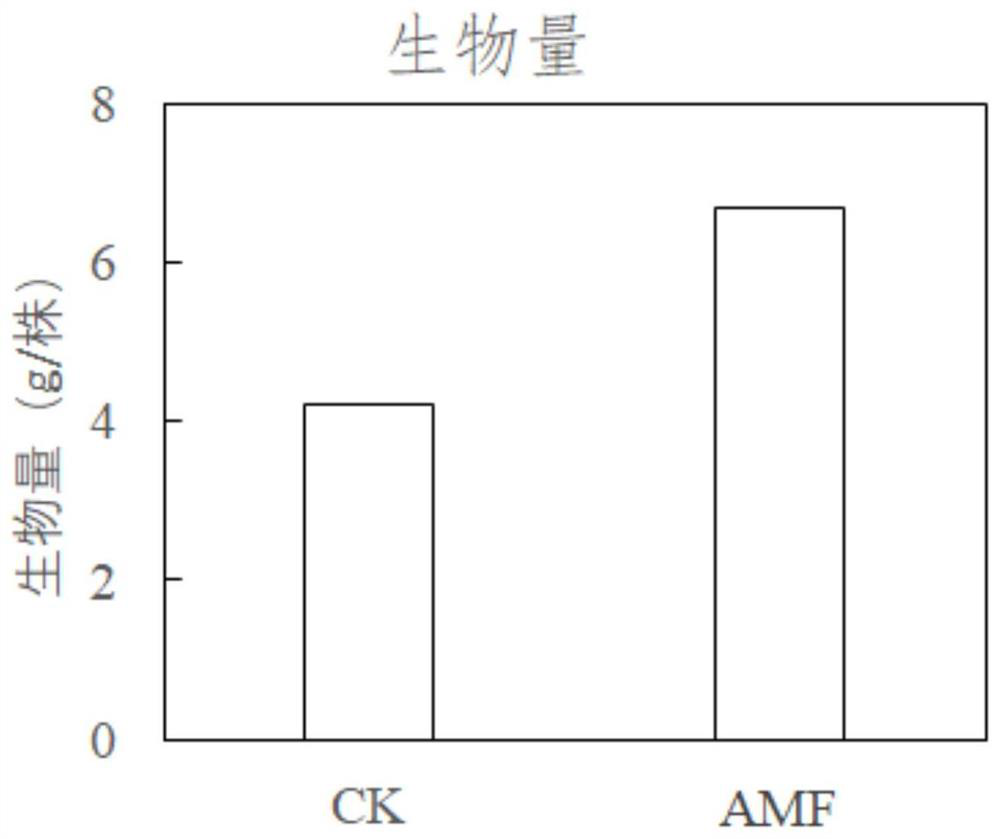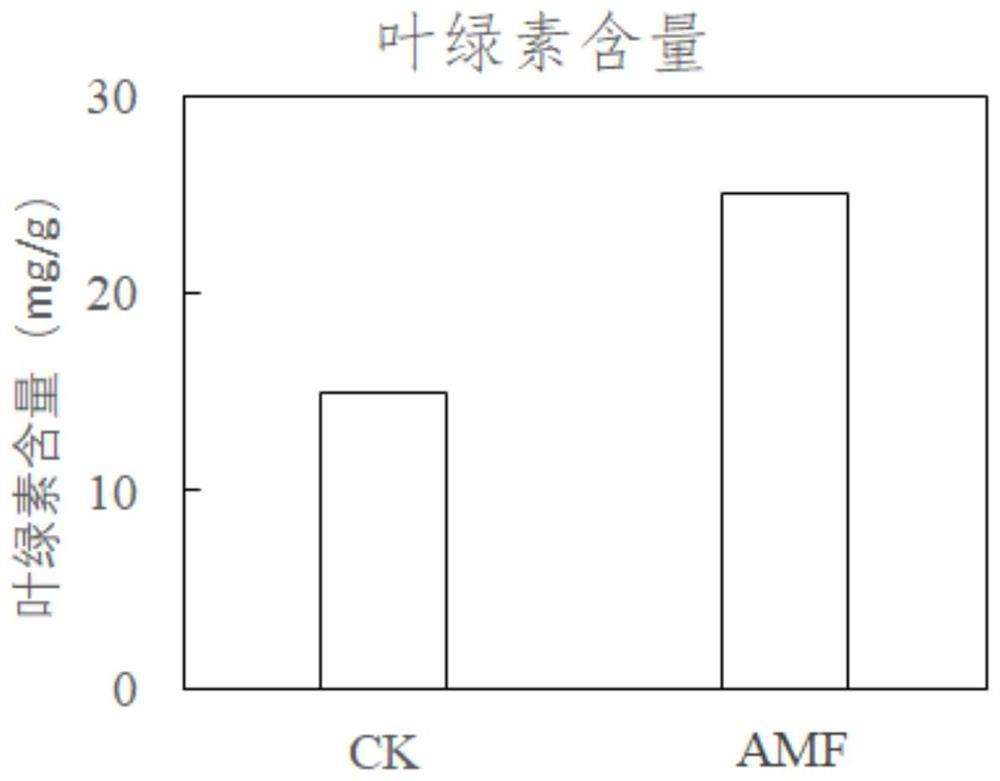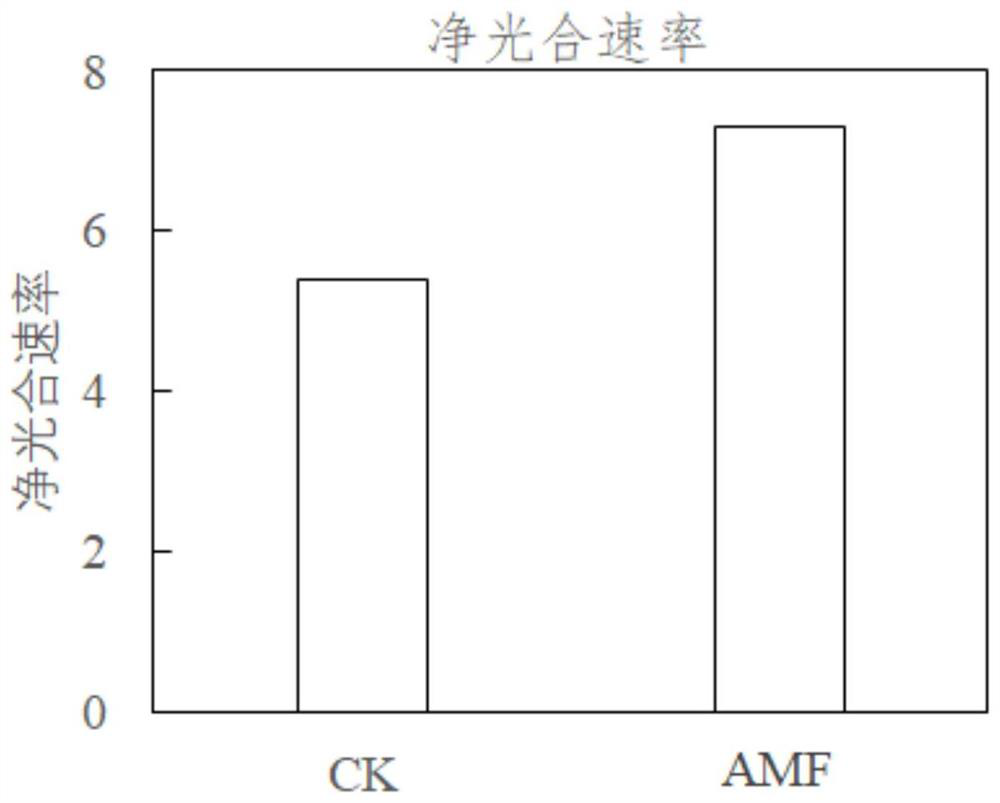Ecological restoration method for river sediment
A technology for ecological restoration and river sediment, applied in chemical instruments and methods, biological water/sewage treatment, water/sludge/sewage treatment, etc., can solve the problem of enhanced absorption, no in-situ restoration of sediment, and inability to exert disease resistance Anti-heavy metal, anti-cold and other issues
- Summary
- Abstract
- Description
- Claims
- Application Information
AI Technical Summary
Problems solved by technology
Method used
Image
Examples
Embodiment 1
[0043] (1) prepare the arbuscular mycorrhizal fungus inoculant, specifically comprising:
[0044] ①Sterile seedling cultivation: Select an appropriate amount of clover seeds, add sterile water to a 100ml beaker and soak for 4 hours, sterilize with 70% ethanol for 30-60 seconds, then pour the ethanol into the waste liquid tank, add sterile water, and shake gently , wash for 1 to 2 minutes. Then pour 10% sodium hypochlorite into the beaker, disinfect for 10 minutes, shake the beaker from time to time to make the seeds fully contact with the disinfectant, then pour the sodium hypochlorite solution into the waste liquid tank, add sterile water, shake gently, wash for 3 to 4 minutes, and repeat 3 to 4 times. Put the clover seeds in a petri dish lined with wet filter paper, put them into a constant temperature incubator at 25-28°C for light cultivation, and wait for germination for later use. During the period, add sterile water to keep the filter paper moist until germination.
...
Embodiment 2
[0061] 1. Finish the slope
[0062] The side slope of the river channel that has not been solidified is adjusted, and the aquatic mycorrhizal plants are directly cultivated on both sides of the river bank without the solidified river bank; for the solidified river bank, another suitable place can be selected for the cultivation of aquatic mycorrhizal plants.
[0063] 2. Cultivation of aquatic mycorrhizal plants
[0064] ① Preparation of arbuscular mycorrhizal fungal inoculum: refer to step (1) in Example 1 to prepare arbuscular mycorrhizal fungal inoculum.
[0065] ② Cultivate aseptic seedlings of each aquatic plant: refer to ① in step (2) in Example 1 to cultivate sterile seedlings of each aquatic plant. Aquatic plants are reeds, cannas, Zaili flowers, iris, chrysanthemums, calamus, foxtail, hornwort, bladderwort, eye vegetables, bitter herbs, black algae and Elodea.
[0066] ③Cultivation of aquatic mycorrhizal plants
[0067] First plow the soil of the embankment, dig a d...
PUM
 Login to View More
Login to View More Abstract
Description
Claims
Application Information
 Login to View More
Login to View More - R&D
- Intellectual Property
- Life Sciences
- Materials
- Tech Scout
- Unparalleled Data Quality
- Higher Quality Content
- 60% Fewer Hallucinations
Browse by: Latest US Patents, China's latest patents, Technical Efficacy Thesaurus, Application Domain, Technology Topic, Popular Technical Reports.
© 2025 PatSnap. All rights reserved.Legal|Privacy policy|Modern Slavery Act Transparency Statement|Sitemap|About US| Contact US: help@patsnap.com



